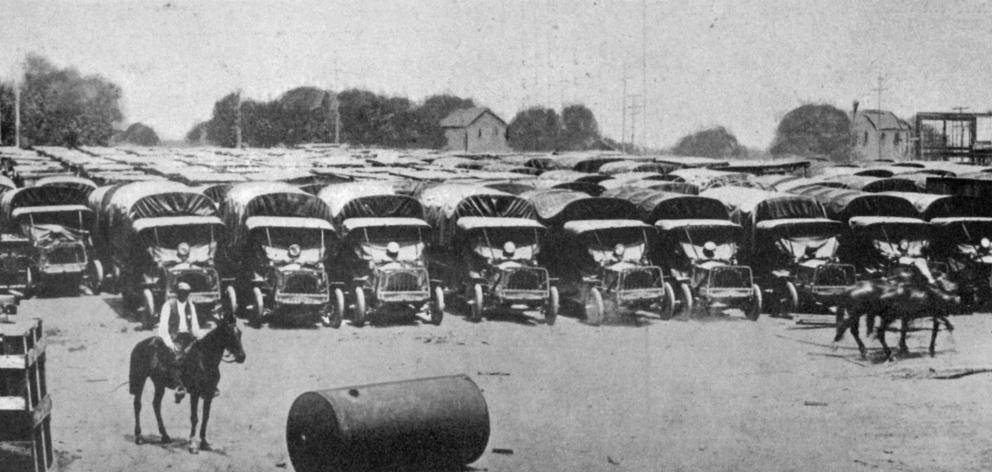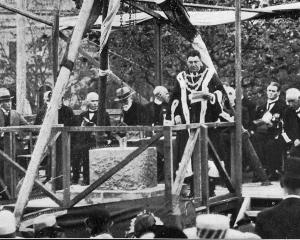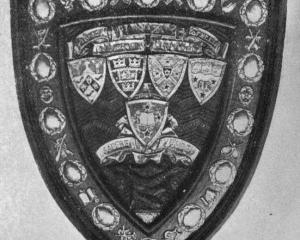
There is good augury in such an achievement. Steadily and more rapidly than a few weeks ago seemed possible the enemy is being driven from the ground overrun by him in the formidable offensive which he launched in March last.
If we may judge from appearances, he is considerably disconcerted in his endeavour to hold the advance in check while he carries out preconcerted withdrawals. Indeed, it becomes increasingly clear, we are told, that the Allied pressure is forcing the Germans to expedite a retreat far beyond their original intention.
One of their war correspondents draws a picture of the ''remarkable jumble of units'' - bandsmen, road-menders, and so forth - that have been swept up and thrown into the struggle in a hurried effort to stem the tide.
Evidence of this kind, together with the fact that in numerous instances the enemy troops have been surrendering freely, suggest the conclusion that the Germans are being very sorely hit.
But there is no ground upon which to assume that there is a general deterioration of the morale of the enemy's forces.
It is plain that at certain points, notably in the vicinity of Bapaume, the resistance of the German troops is tenacious and stubborn to a degree, The fact is the more to their credit because they are said to lack adequate artillery support.
Shot at by sentry
A trespasser on the ground surrounding the Wanganui Detention Barracks has his lucky star to thank for escaping a bullet during the early hours of a morning during the past week. What took him there at the hour of 2 o' clock can only be surmised, but the sentry, seeing his stealthy approach and suspicious action, challenged him. The trespasser immediately ran, and the sentry, in pursuance of his instructions, sent a shot after him. Fortunately for the pursued one, it missed, and the latter quickly disappeared from sight.
Anzac origin
The real coiner of the word ''Anzac'' is said to be a Cockney cook on Gallipoli. He thought the initial capital letters in Australian and New Zealand Army Corps, A.N.Z.A.C (they were stencilled on a number of boxes among the stores), indicated a new kind of tucker.
'''Ow much more of this 'Anzac' stuff is coming ashore?'' he one day asked. And from thence on the particular crowd which was receiving the stores were jocularly called the ''Anzacs''. Now it is a national name of honour.
Pigeons in service
Some 350 pigeons, a portion of the first batch of 500 for service on the western front, have been despatched from New Zealand. The birds are yearlings and specially selected with a view to training in new lofts. When the new season's birds are available they will be sent instead of yearlings, as the younger the birds the easier it is to accustom them to their new homes.
- ODT 30.8.1918
COPIES OF PICTURE AVAILABLE FROM ODT FRONT OFFICE, LOWER STUART ST, OR WWW.OTAGOIMAGES.CO.NZ












